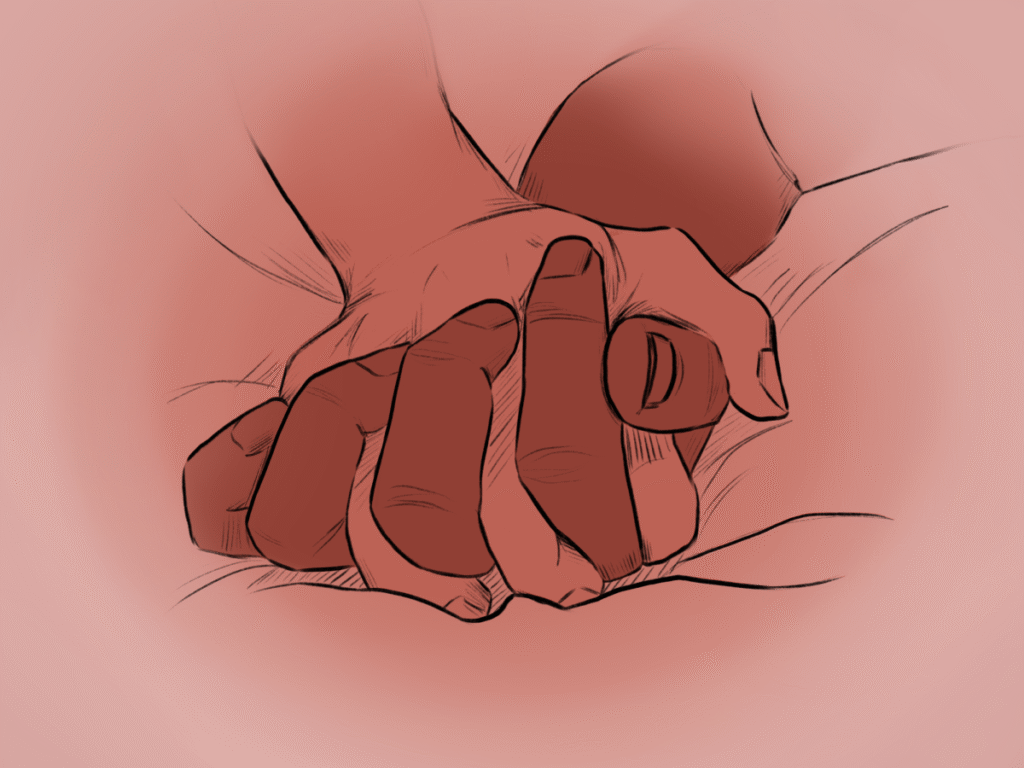The psychology behind common kinks is deeper than handcuffs, leather, or movie clichés. Most of what people think about kink comes from media, and media often focuses on shock, not truth.
Kink is not only about power or pain. At its heart, it is about trust, clear talk, and connection. Pop culture often skips the real parts — like planning, consent, and care — that make kink safe and meaningful.
✨ Recommended for Curious Beginners
Exploring kink safely starts with the right tools and resources. Check out Pervert Chat — a simple, safe, and fun way to ease into play with your partner. Designed for comfort and trust, it’s perfect for first steps into kink exploration.
As an affiliate, we may earn from qualifying purchases at no extra cost to you.
Breaking the Myths About Kink

Kink is often judged harshly. Some see it as strange, unsafe, or caused by trauma. Others think it removes love or intimacy. These ideas are myths, not facts.
Kink is just one way people express sexuality. Like other forms of intimacy, it can bring care, closeness, and even healing. It is not abnormal — only different from what society calls “typical.”
The Psychology Behind Common Kinks: What It Really Means
Kink covers many experiences outside “vanilla” sex. It may involve roleplay, dominance and submission, or exploring new sensations.
Consent is the core of healthy kink. Everyone must agree to what happens. This can be verbal, written, or both — and can change or stop at any time.
The Psychology Behind Common Kinks and the Journey of Discovery
People find kink in different ways. Some feel drawn to fantasies early on, even without words for them. Others explore only in adulthood.

At first, these desires can cause shame or confusion. Many worry they are alone. Over time, learning through books, online groups, or partners can bring relief and confidence.
Kink often grows from private thoughts into shared, safe experiences. With trust, it becomes something people explore openly.
Silence, Stigma, and the Psychology Behind Common Kinks
Without support, kinky people may face shame or anxiety. Researcher Samuel Hughes links this lack of space to depression and low self-worth.
Many feel broken simply because their desires differ from the norm. Since open talk about kink is rare, myths spread easily.
Pop culture adds to the problem by showing kink as violent, cruel, or as a joke. Even laws sometimes reflect these wrong views.
Still, Hughes notes that kinky people often build pride and resilience. Even when judged, they find ways to accept themselves.
Mental Health and the Psychology Behind Common Kinks
Kink is sometimes confused with harm, especially with practices like age play. This involves adults roleplaying as younger or caretaker figures. While it may seem odd, it is built on consent and trust.
Some mistake age play for abuse. But sex therapists explains the difference. Abuse lacks consent and causes harm. Age play is roleplay between adults who agree.
Because of this confusion, people often feel shame. Many seek therapy not due to danger, but for acceptance and self-worth. They want connection, not harm.

Therapists like Rhoda Lipscomb stress the value of support. When people feel accepted, they build healthier lives and let go of guilt.
Safe Spaces and the Psychology Behind Common Kinks
The kink community often provides safety and acceptance. It lets people explore without fear of judgment.
In BDSM, roles like dominant and submissive create structure and trust. Some enjoy leading and being relied on. Others find peace in letting go. Both sides focus on trust and open talk.
In the end, the goal is the same: connection, honesty, and joy.
Kink vs. Harm: The Psychology Behind Common Kinks Explained
Kink is not the same as self-harm. In self-injury, people act from pain and often feel worse later. In BDSM, the goal is shared pleasure, safety, and care.
Many leave kink scenes feeling loved and calm. Some who once self-harmed find healing in kink. With clear limits, kink can offer similar sensations without harm.

Using Kink to Heal
Trauma does not cause kink. Still, some people use kink to heal. For example, a survivor of assault may reenact a scene in a safe way to take back control.
Aftercare is key here. After scenes, partners rest, connect, and check in. This ensures both feel secure and cared for.
Healing with kink takes time and talk. Therapist Samantha Manewitz urges survivors to move slowly, set clear rules, and practice strong aftercare.
Identity, Queerness, and the Psychology Behind Common Kinks
Kink is powerful for queer and gender-diverse people. It helps them explore identity and find confidence in their bodies.
Trans people often face judgment about their bodies. In kink, they set limits and shape their experiences. This builds empowerment.
Consent plays a central role. Therapist Laura Jacobs defines it as a clear “yes” that can change anytime. Safewords and dialogue help people feel safe.
For many, this structure creates respect and freedom. Within kink spaces, they can connect deeply and be treated with care.
Kink Isn’t About Violence — It’s About Vulnerability

Kink is not about cruelty. Often, it is deeply emotional. It invites honesty, openness, and care.
Through kink, people explore desires and emotions that are often hidden. They support each other without judgment.
Calling kink “weird” only feeds stigma. Instead, learning about it builds empathy and respect. For many, kink is a way to feel seen and safe — in sex and in life.
Ready to Explore Your Own Desires?
If you’re curious about kink, start small and stay safe. Try out Pervert Chat for a trusted, safe space.
Purchases through these links support our site at no extra cost to you.
If you’re curious about kink, start by reading, asking, and talking. Safe exploration can lead to self-discovery and intimacy.
Want to learn more? Read our A–Z Guide to Kinks and Fetishes to begin your journey.
